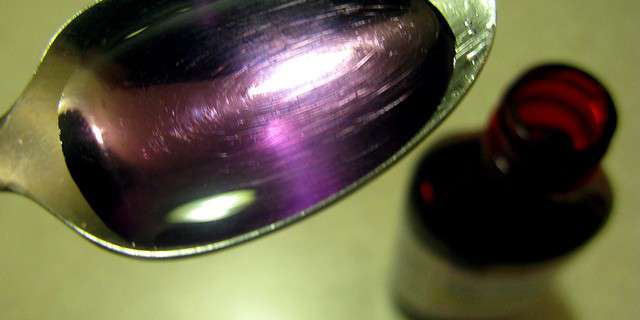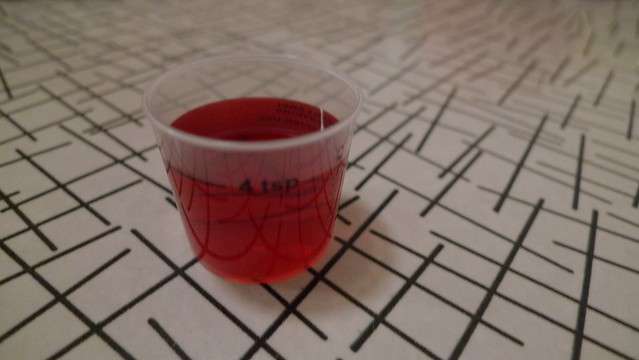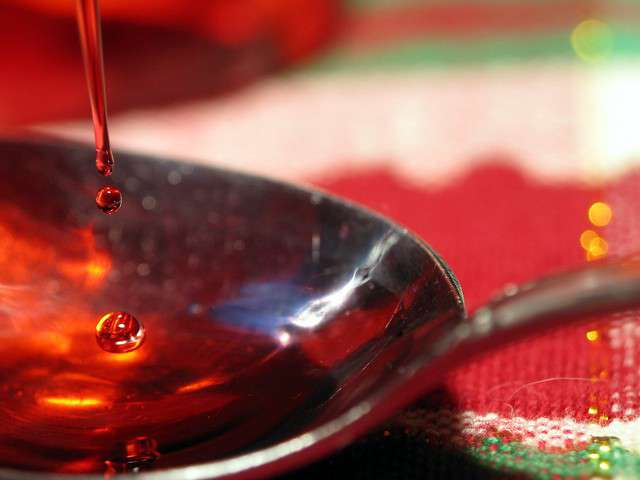Color/flavor agreement is the difference between patient acceptability and rejection. Keeping colors consistent is an important part of quality control and improve brand name recognition. Image Source: Flickr user frankieleon
The first step to matching color and flavor is to create a color tolerance system using spectral data. This data can then be stored and easily repeated for color consistency in pharmaceutical development. Although these tools are simple to use, it is important to understand the variations in sample measurement. Color perception is a complex formula of lighting, viewing angles, and surface qualities. The difference between liquid, solid, or powdered samples varies greatly and requires the use of different measurement techniques to achieve the most accurate color data. Within each of these diverse states of matter also exists variations in opacity and translucency, which all affect the way light travels through the sample and the color outcome. Because of this, it’s important to understand the various techniques for color measurement and how to apply them to pharmaceutical assessment.
Liquid pharmaceutical color varies the most in opacity and the liquid sample type determines which measuring technique is best used. Opaque liquids are best measured using a 45°/0° reflectance geometry that most closely resembles how color is seen by the human eye. Transparent liquids allow light to pass directly through the sample, and therefore can only be measured using transmission instrumentation. Translucent samples are often defined somewhere in the middle and can be accurately measured with either 45°/0° reflectance instrumentation or a diffuse d/8° sphere geometry.
In addition to liquid sample measurement, capsules, pills, powders, and plaques also rely on color measurement to help create and define the numerous color combinations needed to meet the ever-growing needs of this industry. HunterLab offers a wide range of solutions for the pharmaceutical industry. From versatile instrumentation options to software and a variety of sample handling fixtures, HunterLab guarantees consistent and accurate color measurements that are designed to meet the many needs of the pharmaceutical industry. For more information on our product selection, and for help choosing the best instrumentation for your needs, contact HunterLab today.




